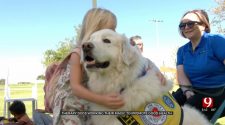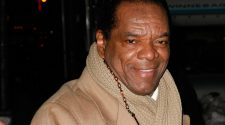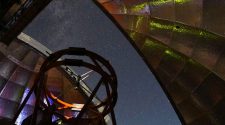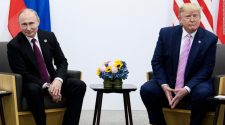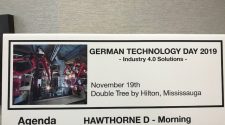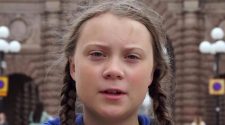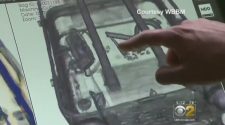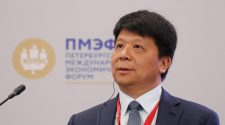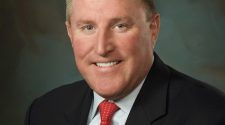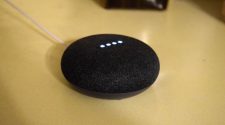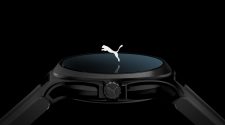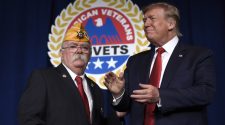The takeoff of a United Airlines flight from Chicago to Vancouver was delayed for a few minutes at the end of July not because of a mechanical problem or a staffing mishap but to ensure that passengers arriving late from another flight didn’t miss the connection to Vancouver.
Michael Jacobson, an executive for a hotel industry trade group, was on the flight that was briefly held on the tarmac, but he didn’t mind.
“Even though I was delayed as a result, it gave me comfort that waiting about 10 minutes for my fellow passengers helped prevent them from staying an extra night in Chicago,” he said.
United Airlines hopes plenty of passengers are as accommodating as Jacobson. The Chicago-based carrier is expanding use of a new computer program that can automatically delay the takeoff of some flights — if only briefly —to ensure that passengers on connecting flights don’t get stranded. The program will be deployed at all of United’s major airports by October.
United’s new software program, dubbed ConnectionSaver, looks at data from airline schedules, passenger itineraries, staff work schedules and other sources to automatically decide if a flight can be delayed and for precisely how long to reduce as many missed connections as possible without creating more headaches for other fliers.
“Where this tool makes a difference is in tight connections,” said David Kensick, managing director of United’s Network Operation Center.
Other airlines also have access to the data and software needed to identify if passengers trying to make connecting flights are running late. But most other carriers leave it up to gate agents or staff in airport operations control centers to decide whether to delay a flight to help fliers make their connections.
The United Airlines program gives that power to a computer, allowing only supervisors from United operation centers the authority to override the decision.
At Delta Air Lines, “it’s a human decision whether to delay that flight, but it’s a mix of software and [artificial intelligence] to back that up,” said Michael Thomas, a spokesman for the Atlanta-based carrier.
At Southwest Airlines, “our super computers are our people,” Brad Hawkins, a spokesman for Southwest Airlines, said about how the Dallas-based carrier decides to hold a flight to help reduce missed connections.
Most airlines don’t like to delay takeoffs to accommodate late-arriving passengers because they fear the delay could throw off the schedule of subsequent flights, causing chaos to a tightly run nationwide flight schedule, aviation industry analyst Seth Kaplan said.
“That has been the approach airlines have been taking for years, but with the data we have access to, it’s possible to say, ‘Wait a minute, maybe we can refine that policy some more,’” he said.
The program was launched in February at Denver International Airport and has been expanded to seven domestic airports since then, with ConnectionSaver added at Los Angeles International Airport on June 25.
So far, United estimates that the program has delayed enough flights to ensure that as many as 36,000 passengers — including about 2,000 at LAX — could make their connections.
The advantage of the ConnectionSaver program, Kensick said, is that it can even take into consideration tail winds, weather patterns and staff work schedules to ensure that the recommendation to delay a takeoff doesn’t ruin the travel plans of passengers on connecting flights or force employees to work beyond their federally mandated maximum hours. In most cases, the plane that is delayed still arrives at its final destination on time, he said.
United flies about 500,000 passengers a day, with about 140,000 of those needing to connect from one flight to another. Carriers that primarily fly direct “point to point” routes, such as Southwest Airlines, have fewer connecting passengers while carriers such as United and Delta offer more indirect routes that connect at “hub” airports.
All carriers are motivated to eliminate missed connections to avoid the staff time and cost it takes to rebook stranded passengers to other flights. Plus, when passengers miss a connection, either through the fault of the airline or unforeseen factors such as bad weather or mechanical problems, the airline usually takes the hit on social media.
@united – non weather related delay caused a missed connection and now you can’t get me anywhere close to my destination any sooner than 36 hours from now how is that even possible?
— Cliff Lane (@cllane) August 3, 2019
Second week in a row @united has prevented me from getting home. Last week too much fuel on plane = delay missed connection and flown to wrong airport day late. Tonight they broke my suit case and will not get home. #fail
— Ben Dickey (@BentonDickey) July 26, 2019
In fact, United Airline’s service so frustrated Rob LaRiviere, a systems architect and regular United flier from Santa Cruz, that he created a Facebook page in 2012, urging other air travelers to boycott the carrier.
LaRiviere said one of the most upsetting incidents involving United took place about a decade ago when he was trying to catch a connecting flight at Ronald Reagan National Airport in Washington, D.C., and the flight attendant closed the gate door even though she saw LaRiviere and other fliers racing to catch the flight.
“As much as the page is called boycott [United Airlines] it was marketed that way as a wake-up call to them,” he said. “They could read the comments and they could make adjustments and thank the people that complain as a way toward self improvement.”
Kensick said customer satisfaction surveys taken by United show that most passengers, like Jacobson, appreciate the airline for briefly delaying takeoffs to accommodate as many passengers as possible.
Still, he said, so many factors outside of the control the airline are to blame for scheduling mishaps and delays that the new program will never eliminate all missed connections.
“It’s such a complicated scenario,” Kensick said.

